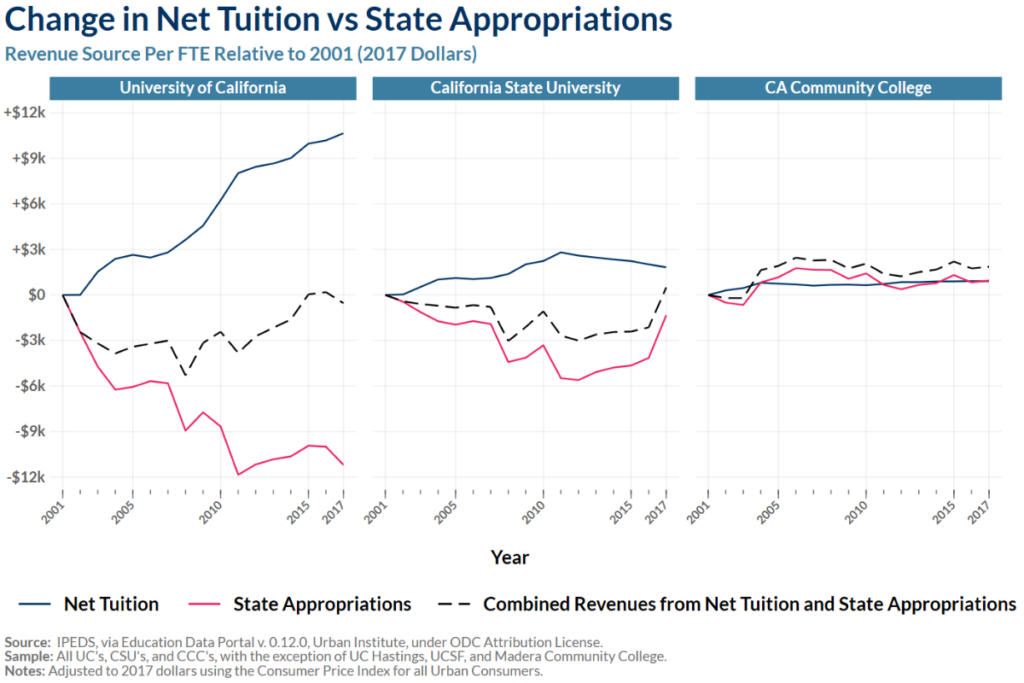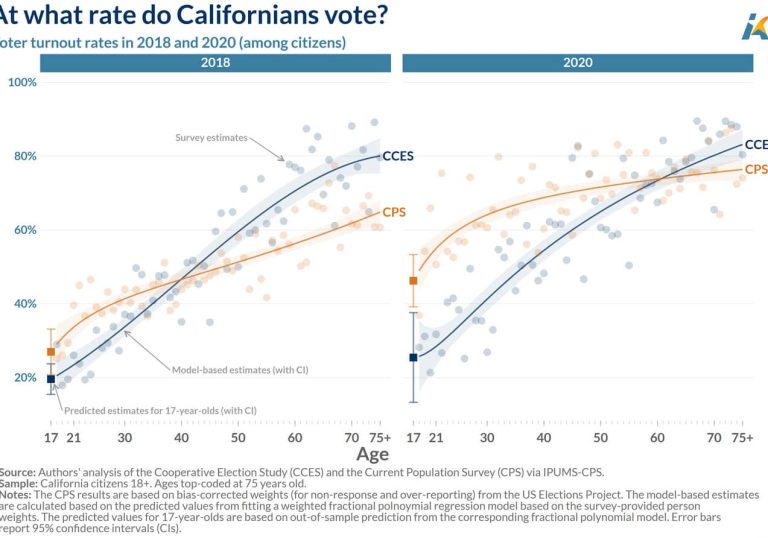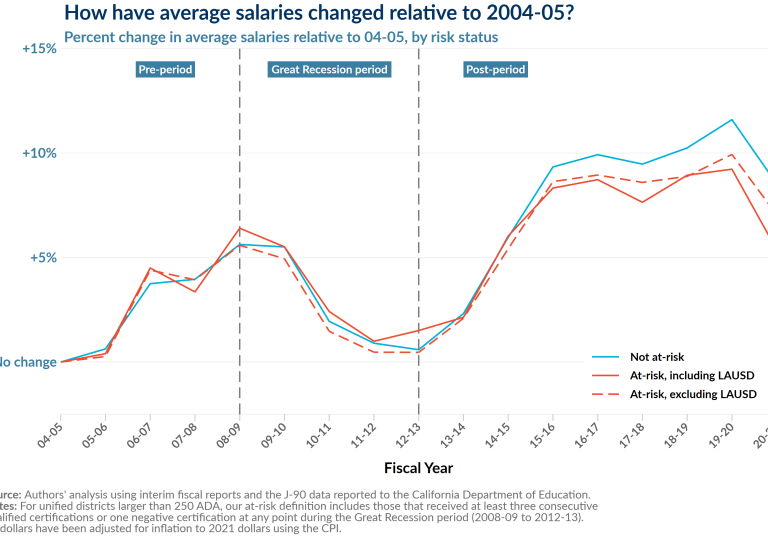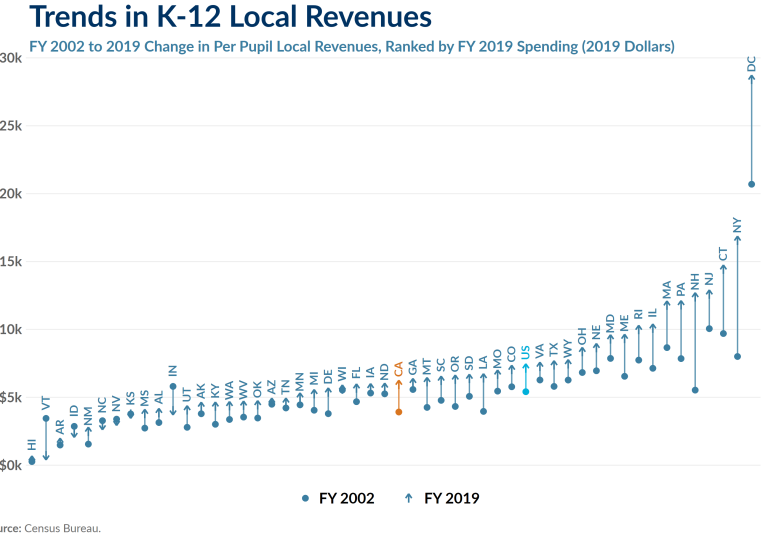We look at changes to California’s investment in public higher education across the University of California (UC), California State University (CSU), and California Community College (CCC) systems over time. We find that:
- Starting in 2015, state funding cuts to the UC system were nearly identical to any increases in net tuition (relative to 2001) on a FTE-adjusted basis. However, between 2001 and 2015, cuts in state appropriations to the UC system generally outpaced any increases in net tuition.
- The CSU and CCC systems have fared better in terms of state cuts. Much of the post-2001 cuts to the CSU’s have been reversed since the 2011 post-recession period. The increase in net tuition at CSU’s reached a peak of close to $3k in 2011 and has since been on the decline.
- Conversely, in the CCC system, state appropriations have actually increased since 2001 while net tuition increased by relatively modest figures compared to the other two systems.











